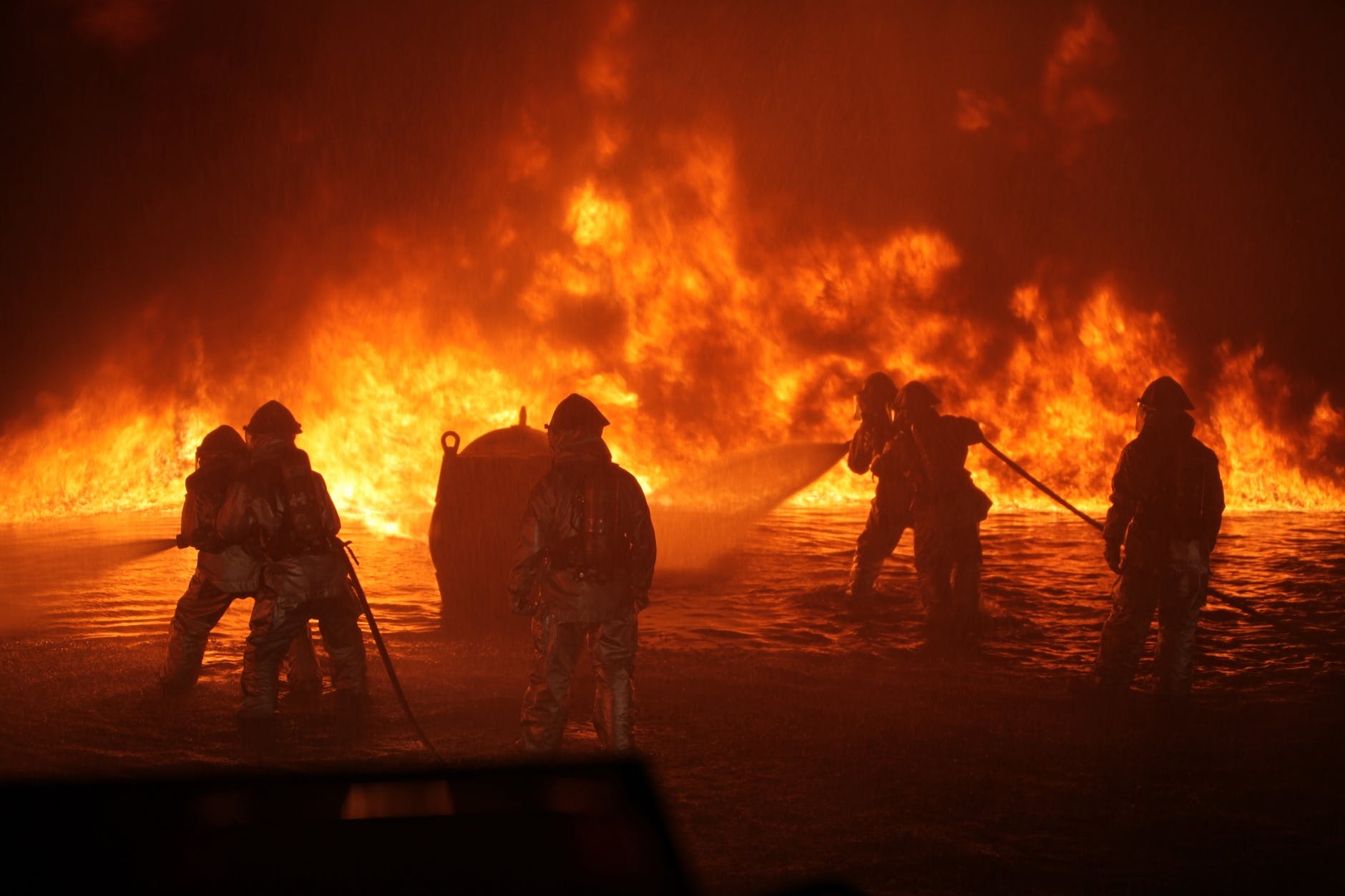
National Fire Protection Association (NFPA): Ensuring Fire Safety and Prevention
Fire safety is a critical concern in every community, and the National Fire Protection Association (NFPA) plays a pivotal role in shaping regulations, standards, and guidelines to ensure the safety of individuals, properties, and the environment. In this article, we’ll delve into the significance of NFPA, its history, its key initiatives, and its contributions to fire prevention and safety.
1. Introduction
Fire incidents can have catastrophic consequences, affecting lives and properties. The NFPA is an organization dedicated to reducing these risks through the establishment of rigorous safety standards and codes.
2. The Genesis of NFPA
Founded in 1896, NFPA emerged in response to the need for unified fire safety standards. The great fires in Boston and Chicago highlighted the lack of consistent safety measures, leading to the establishment of NFPA as a solution.
3. Mission and Objectives
NFPA’s mission is to eliminate death, injury, property damage, and economic loss caused by fire, electrical, and related hazards. It achieves this through research, training, and the development of safety codes.
4. NFPA’s Role in Standardization
NFPA creates codes and standards that cover various aspects of fire safety, including equipment, building design, and emergency protocols. These standards are widely adopted, guiding industries and governments alike.
5. Codes and Standards for Various Sectors
From NFPA 70 (National Electrical Code) to NFPA 101 (Life Safety Code), NFPA provides a comprehensive framework for fire safety. Different codes cater to diverse sectors, ensuring tailored safety measures.
6. Educational Outreach Programs
NFPA’s educational initiatives inform communities about fire prevention, escape planning, and safety measures. These programs empower individuals to take proactive steps in safeguarding themselves and their surroundings.
7. Fire Prevention Techniques
The NFPA emphasizes fire prevention as a primary goal. Through campaigns, guidelines, and awareness efforts, it encourages the use of fire-resistant materials, proper storage, and risk assessment.
8. Technological Advancements in Fire Safety
Advancements in technology have transformed fire safety, leading to innovations like smart smoke detectors and advanced sprinkler systems. NFPA evaluates these technologies and integrates them into safety practices.
9. Emergency Response Planning
Effective response during emergencies is crucial. NFPA standards guide the development of emergency plans, ensuring that evacuation routes, communication systems, and training are in place.
10. NFPA’s Influence on Legislation
NFPA’s recommendations often find their way into legislation. Policymakers rely on NFPA’s expertise, resulting in safer building codes, electrical regulations, and fire safety laws.
11. International Collaboration
Fire knows no boundaries, and neither does NFPA’s influence. The organization collaborates with international counterparts, sharing knowledge and collectively raising global fire safety standards.
12. Challenges Faced by NFPA
While NFPA has made significant strides, challenges such as rapid technological advancements and emerging hazards require constant adaptation of codes and standards.
13. Future of Fire Safety
The future holds promising developments, including enhanced fire-resistant materials, advanced firefighting techniques, and greater integration of artificial intelligence for fire prediction and prevention.
14. Conclusion
The NFPA has transformed fire safety from a reactive approach to a proactive one. Its dedication to research, education, and standardization has created safer environments for individuals and communities.
15. FAQs
Q1: How can I access NFPA’s codes and standards? A1: NFPA’s codes and standards are accessible through their official website. You can visit www.nfpa.org to browse and purchase the standards relevant to your industry or area of interest.
Q2: Does NFPA only focus on fire safety in buildings? A2: While NFPA is widely known for its focus on fire safety in buildings, its scope extends beyond that. NFPA develops codes and standards for various sectors, including electrical systems, industrial processes, hazardous materials, and more.
Q3: What role does technology play in modern fire safety? A3: Technology plays a significant role in modern fire safety. NFPA embraces technological advancements, such as smart smoke detectors, automated fire suppression systems, and advanced fire modeling software, to enhance early detection, response, and prevention efforts.
Q4: Can individuals contribute to NFPA’s initiatives? A4: Yes, individuals can contribute to NFPA’s initiatives. NFPA encourages professionals, experts, and concerned citizens to participate in the development of codes and standards by joining technical committees, attending conferences, and sharing insights.
Q5: Where can I learn more about NFPA’s educational programs? A5: To learn more about NFPA’s educational programs, you can visit their official website www.nfpa.org and navigate to the “Education” section. Here, you’ll find a wealth of resources, materials, and information about fire safety education for various audiences.

























I am retired ARFF Manager wanted to enhance and update my knowledge